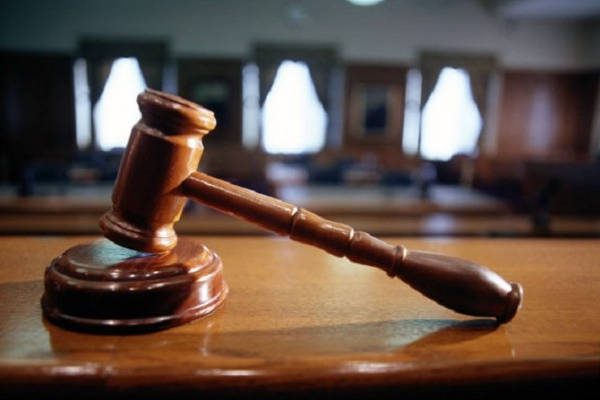Many cities across the U.S. have created business improvement districts in recent decades that have led to a significant increase in visitors and new businesses moving into downtown areas.
In the Hill City, the Downtown Lynchburg Association has played a major role in the revitalization of the downtown area. But with limited funds, the DLA is stretched too thin to handle many of the responsibilities of a traditional business improvement district (BID). Members of the Lynchburg City Council’s Finance Committee, at its latest meeting, learned what it would take to create a BID in the Hill City.

For starters, such an organization would likely be called a downtown improvement district (DID), because officials find the term more appropriate to how Lynchburg views its central business district. A DID in Lynchburg would have the same responsibilities and structure as a BID does in other cities across Virginia and the rest of the country. The district would focus on trash pickup, graffiti removal, aesthetic enhancements such as planters, sidewalk sweeping and helping visitors navigate downtown, especially as the city prepares for the opening of the riverfront amphitheater.
Based on the discussion at the April 22 Finance Committee meeting, Lynchburg City councilmembers are expected to be briefed this summer on the potential benefits of creating a DID in Lynchburg. Chris Boswell, president of the Downtown Lynchburg Association and owner of Barracks Financial Group on Commerce Street, told Finance Committee members that similar improvement districts in cities such as Richmond, Greenville, South Carolina, and Chattanooga, Tennessee, have proved successful in attracting businesses and visitors. Based on the positive impact downtown improvement districts have had in these other cities, a similar district in Lynchburg “is something to look forward to,” Boswell said.
“The better we can make downtown, the more attractive it is for people to come back and keep coming back,” he said. If Lynchburg approves the creation of a DID, the district’s operating budget would come from assessment revenues collected from property owners within the district. The boundaries of Lynchburg’s central business district, where the DID would likely be, are Riverfront Park on the east side to 5th Street on the north to Clay Street to the west to the Lynchburg Expressway on the south.
According to Lynchburg Deputy City Manager Greg Patrick, there are 674 land parcels in downtown within the area that would be part of the DID. Listen now and subscribe: Apple Podcasts | Spotify | RSS Feed | SoundStack | All Of Our Podcasts In other cities, business improvement districts typically are funded by a property tax in the range of 10 cents to 12 cents per $100 of assessed value on property owners within the district on top of the tax levied on all property owners in the city, Boswell explained. Business improvement districts offer city governments the prospect of improving local public services and reviving downtown commercial areas without raising general taxes and jeopardizing city economic growth.
At-large Councilman Martin Misjuns, chairman of the Finance Committee, said a DID would allow Lynchburg to improve the look of downtown without putting tax pressure on other parts of the city. “There’s extra stuff that downtown needs and downtown pays for it,” Misjuns said. As foot traffic increases downtown when the riverfront amphitheater opens in 2026, a DID also could help pay for off-duty police officers to patrol downtown on weekends, he said.
With downtown’s steep topography, Misjuns also said a DID could establish a transportation system similar to FRED, or Free Ride Every Day , in Norfolk. FRED is a free battery-operated people mover that runs in Norfolk’s DID. Ashley Kershner, director of the Downtown Lynchburg Association, explained to the Finance Committee how a DID would get started in the Hill City.
City council would need to pass an ordinance defining the DID’s boundaries, funding mechanism and governance structure. Kershner emphasized the city would conduct outreach in downtown to make sure there is a “critical mass of property owners” who want a DID. One business owner in downtown reached out to Kershner after the previous Finance Committee meeting in March, she said, where a DID also was discussed to ask where the city was in the process of creating a DID to make sure he wasn’t about to owe “many thousands of dollars.
” Kershner said she assured the business owner that city council and staff members are only in the early stages of discussing the possibility of creating a DID and the outreach phase had not begun. Once a city approves the creation of a DID, it would partner with a nonprofit organization that would administer the improvement district and conduct its work. Boswell said it would likely take at least two years to conduct stakeholder outreach and decide on a tax rate that downtown property owners would be required to pay.
He said 2027 would be the earliest possible time for a Lynchburg DID to be launched..
Politics

Downtown improvement district in Hill City seen as way to attract more people

Many cities across the U.S. have created business improvement districts in recent decades that have led to a significant increase in visitors and new businesses moving into downtown areas.















